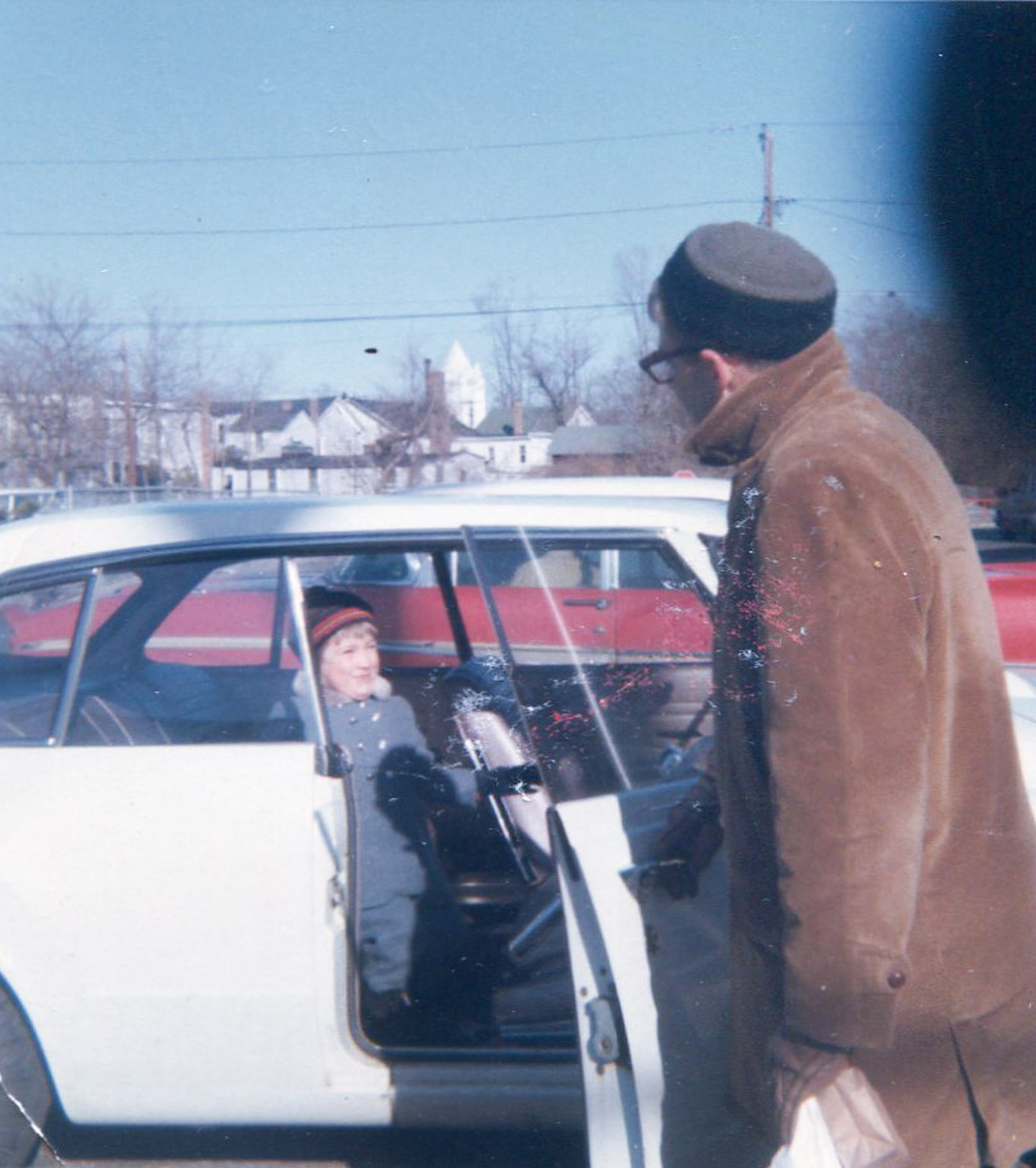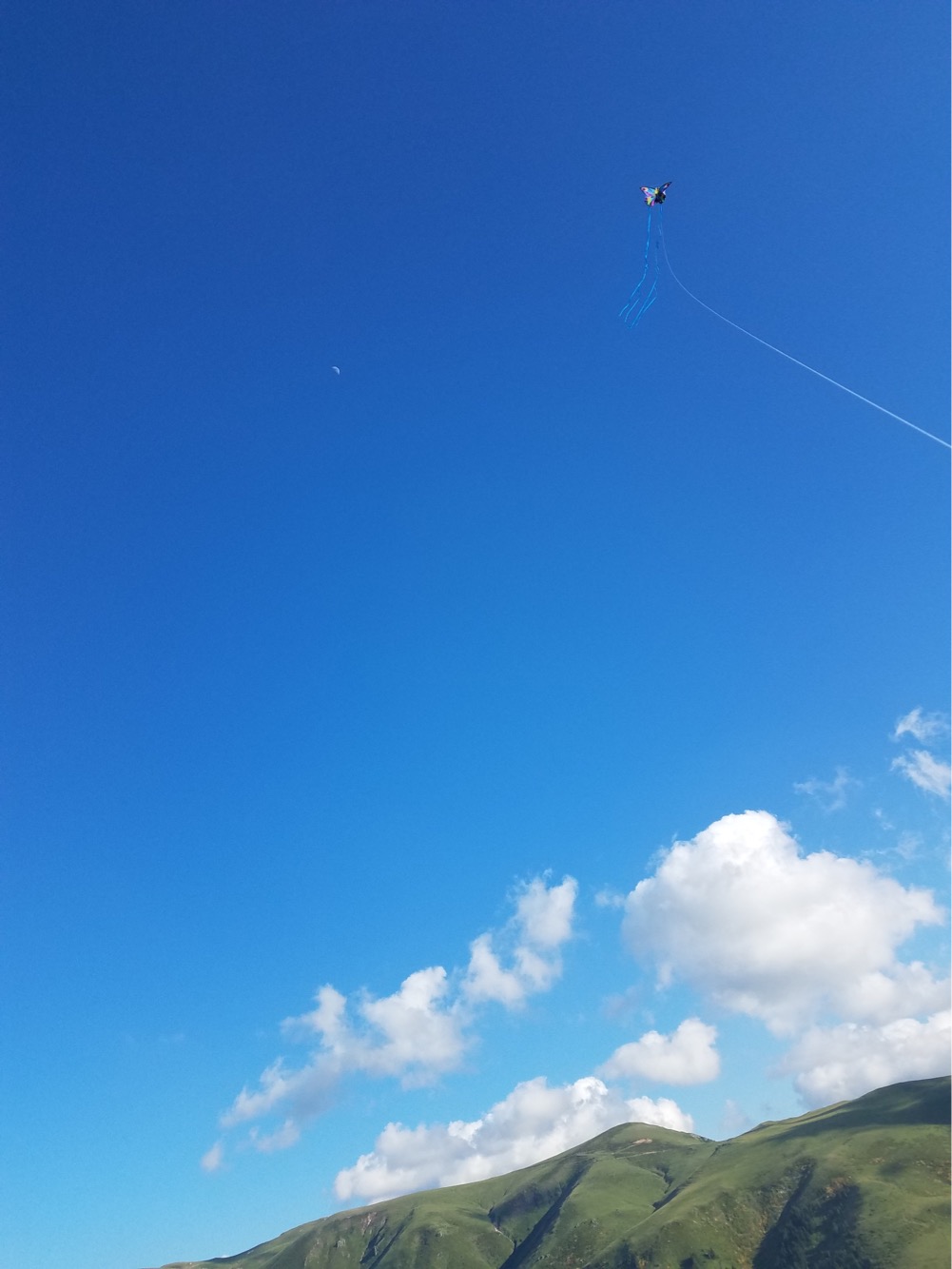This essay by Justine Ickes was first published in July 2014 by Aperiodical LLC. The Magazine’s online ISSN: 2334-4970.
Every Sunday during the early 1960s my family would tour Long Island’s construction sites. Dad — an English teacher and armchair architect — led his bride and me around developments with names like “Pine Barrens” and “Birchwood at Blue Ridge.” Looking, after all, was free.
Often the half-built houses were unlocked, so we’d walk right in and amble around. Brushing away the sawdust with his flip-flops, Dad would decipher the markings on the subfloors and the joists, and indulge his design dreams. Our piano could go here, his reading chair there, that nook should be mom’s sewing room.
We prowled the subdivisions, oblivious to laws and safety codes, like hermit crabs in search of the perfect shell. It took decades, in fact, and the birth of my own two sons, for me to wonder, “What kind of person not only teaches their toddler to trespass, but doesn’t even acknowledge the transgression?”
Occasionally, our illegal incursions would hit a snag. Once my dad boosted me through a window — smack into a bathroom sink. Unperturbed, he guided me from outside until I sprang open the front door. “I’m right here,” he coaxed. “Just follow my voice.”
Outside the realms of real estate, I didn’t always play the willing accomplice to my father’s capers, though. I remember one ill-fated Easter hunt. “Sweetheart, go find some eggs!” he urged while I scowled in silence, jabbing a clod of turf with my patent leather shoes.
“The egg affair,” as Dad dubbed it, came to encapsulate our dutiful daughter–fearless father dynamic. For while I never imagined our escapades as anything but ordinary, I often found my father’s boundary-pushing terrifying, and his insistence on bravery maddening. So at age seven I drew the line: I would enter other people’s future homes with others, but I balked at sallying forth alone.
The world is my oyster
By college, however, I had embraced solo forays. A semester in London stretched into two decades of wandering of my own. English teaching in Madrid. A stint training Peace Corps volunteers in Eritrea. A summer trekking around Anatolia with my Turkish fiancé.
Back home on Long Island, my dad continued to indulge his architectural fantasies. At Christmas I’d flit home and find him poring over This Old House magazine or stacks of house-plan books. Dad had always been an avid reader, thanks to a childhood bout of rheumatic fever that kept him bedridden for a year. “Listen to this,” he’d say, scanning the real estate listings in the Sunday New York Times. “‘Mint pre-war apartment with formal dining room and wood-burning fireplace.’ Wouldn’t it be lovely to live there?”
Eventually, health issues left our breaking-and-entering empire in ruins. When my father developed diabetes, the ensuing circulation problems made walking difficult and painful. So we did drive-by reconnaissance; we would motor the long route home from the library, the grocery store, or — with increasing frequency — the doctor’s office. Along the way we’d marvel at a renovated Cape, groan over the new vinyl siding on a Dutch Colonial, or stare in dismay at the latest McMansion.
When my fella (now husband) and I bought our first home — a fixer-upper brick townhouse — I emailed Dad hand-drawn floor plans, careful to add the architectural hieroglyphics he’d taught me years before: dashes for a window, the staircase a block of lines, a square with four circles for the stove.
Later, we decamped to an old mill town in Connecticut. Through the casement windows, Dad would watch his grandsons clambering over the fieldstone walls that lined our property. “I could sit here forever,” he sighed. “It’s such a lovely view.”
Once, while tooling around the neighborhood, we spied a weather-worn folly, its gray-green cupola overgrown with wild roses. Ever the dreamer — and architectural pirate — Dad suggested we cart the gazebo off. “Just picture it near the lilac,” he said. “You could pretend to be Charlotte Brontë.”
In 2010, William Henry Ickes died, not long after I had moved to New England. Flipping through his old sketchbook, I realized that he had spent a lifetime crafting palaces in his mind, but he’d hardly built any in reality. Apart from plywood for homemade valances and miles of crown molding, he had lavished his paycheck and affections on his five kids. But had he, I wondered, ever made peace with the layout of his life?
A month after his death, I stumbled across a child’s chalk drawing on the sidewalk. Next to a lopsided house I saw the words “bathroom” and an arrow pointing to a small rectangle labeled “door.” The blurred, foot-worn sketch could have been teleported straight from my early childhood, when I drew with architectural authority if not precision.
That night in bed I thought about our long-ago residential ramblings and their imprint on my life. From the sidelines, Dad had showed me his plumb-lines for living. Boundaries often fence us in. And fear can demolish dreams. But love will always shore you up.
And I remembered, too, one of our last conversations. A few days before my father’s bypass surgery, I was taking makeshift measurements of our kitchen, pacing the floor heel-to-toe as we had always done. While Dad plotted the dimensions on his trusty graph paper, I asked if he was afraid of dying. “Actually,” he replied, “I’m looking forward to the rest of the adventure.”
What’s been your most eye-opening travel experience? I’d love to hear.





